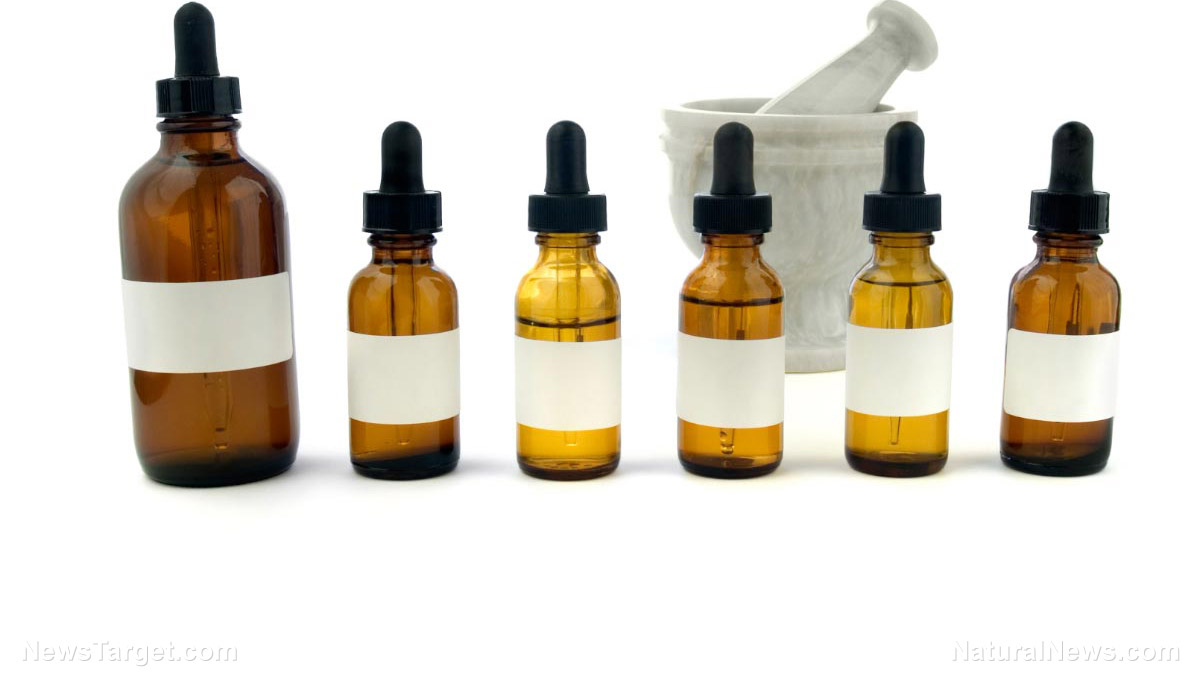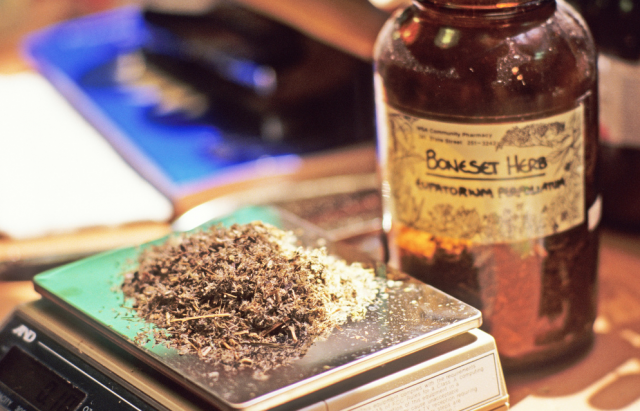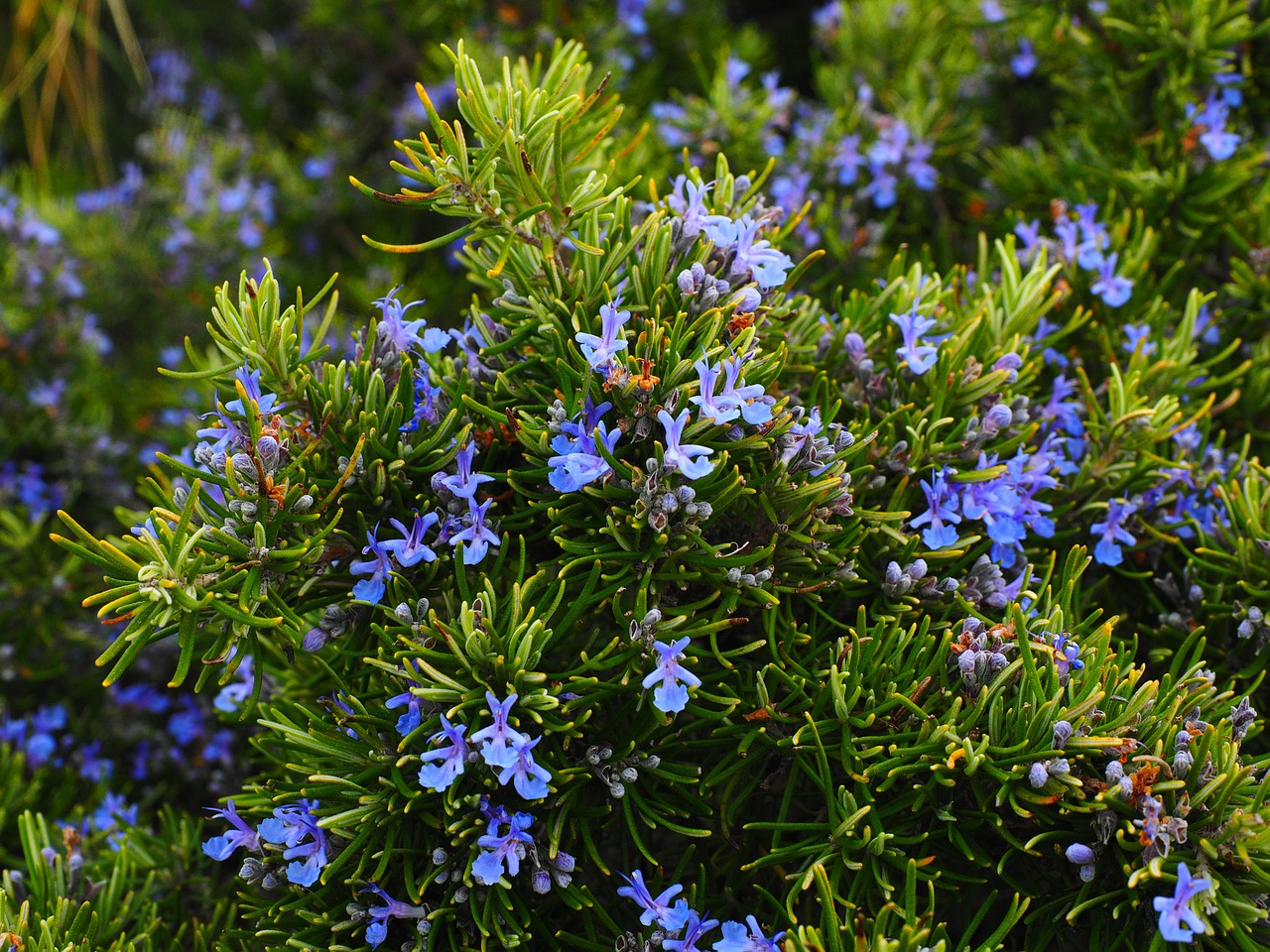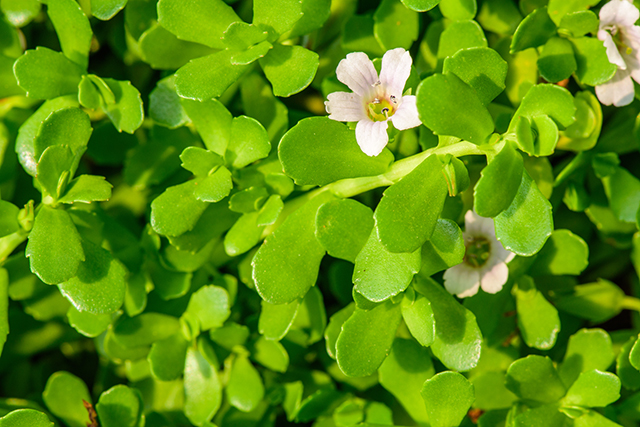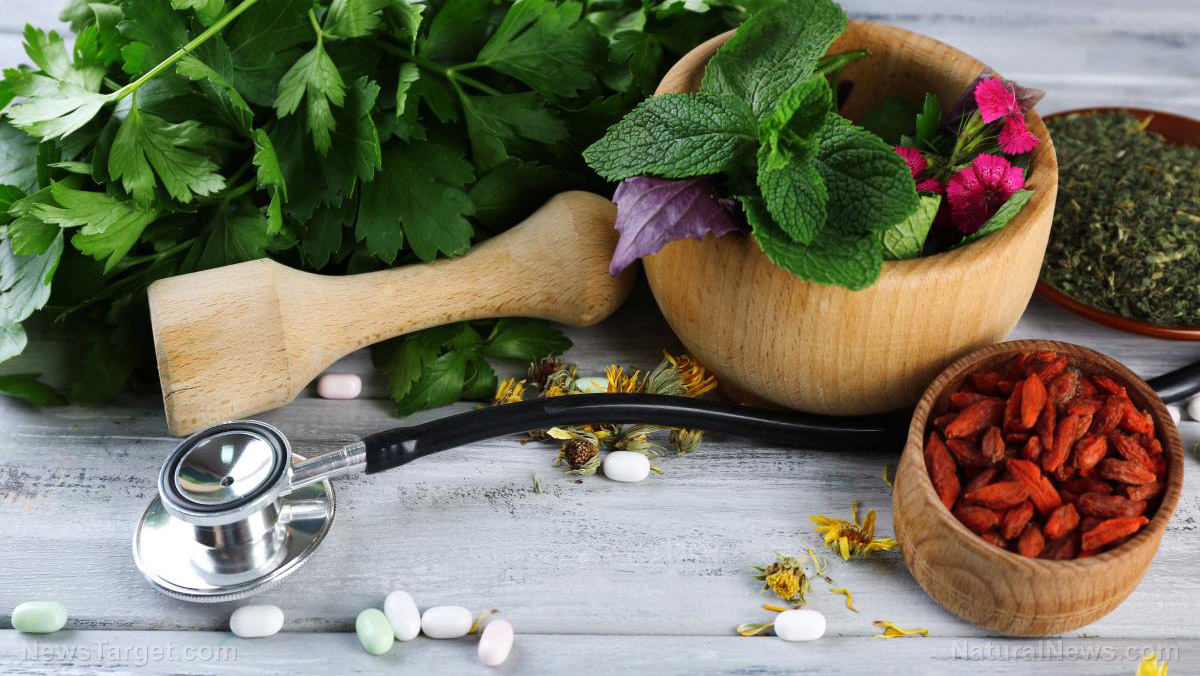07/04/2018 / By Michelle Simmons
Researchers at the University of Fort Hare in South Africa have found that the flowering plant Callistemon citrinus (Curtis) Skeels (commonly referred to as crimson bottlebrush) contains significant amounts of phenolic compounds and can inhibit bacterial growth.
- Traditionally, C. citrinus is used for the treatment of bronchitis, cough, inflammation and as an antimicrobial herb.
- In the study, the research team assessed the essential constituents of the volatile oils obtained from the aerial parts (leaves, flowers, and stems) of the plant.
- The researchers subjected a portion of 500 grams (g) of leaves, 250 g of flowers, and 150 g of stems of C. citrinus to a hydro-distillation process for three hours to extract the oils from each part.
- After collecting the oils, they subjected these to gas chromatography-mass spectrometry (GC-MS) analysis. They also evaluated the plant’s antioxidant activity, free radical scavenging, phenolic content, and the antibacterial potential of the oils.
- Results revealed that the oil obtained from the leaves has 26 components representing 96.84 percent of the oil’s components, 42 components in the flowers’ oil amounting to 98.92 percent of the total oil composition, and 10 components in the oil extracted from the stems representing 99.98 percent of the overall oil constituents.
- The main compounds found in the leaves, flowers, and stems oils were eucalyptol and α-terpineol, (−)-bornyl-acetate and eucalyptol, and eucalyptol and α-pinene, respectively.
- The oils from the plant’s leaves and flowers were also found to inhibit the gram-negative bacteria Vibro alginolyticus DSM 2171 and Aeromonas hydrophila ACC and the gram-positive bacteria Staphylococcal enteritis ACC.
- Based on the analyses, the volatile oil of C. citrinus possesses high-quality antioxidant potential, which can potentially be more effective than synthetic antioxidant drugs on the market.
In conclusion, the leaves and flowers of C. citrinus contain a substantial amount of the phenolic compounds and can fight bacterial growth.
For the full text of the study, go to this link.
Journal Reference:
Larayeatan RA, Okoh OO, Sadimenko A, Okoh AI. TERPENE CONSTITUENTS OF THE AERIAL PARTS, PHENOLIC CONTENT, ANTIBACTERIAL POTENTIAL, FREE RADICAL SCAVENGING AND ANTIOXIDANT ACTIVITY OF CALLISTEMON CITRINUS (CURTIS) SKEELS (MYRTACEAE) FROM EASTERN CAPE PROVINCE OF SOUTH AFRICA. BMC Complementary and Alternative Medicine. 2017; 17(292). DOI: 10.1186/s12906-017-1804-2
Receive Our Free Email Newsletter
Get independent news alerts on natural cures, food lab tests, cannabis medicine, science, robotics, drones, privacy and more.

